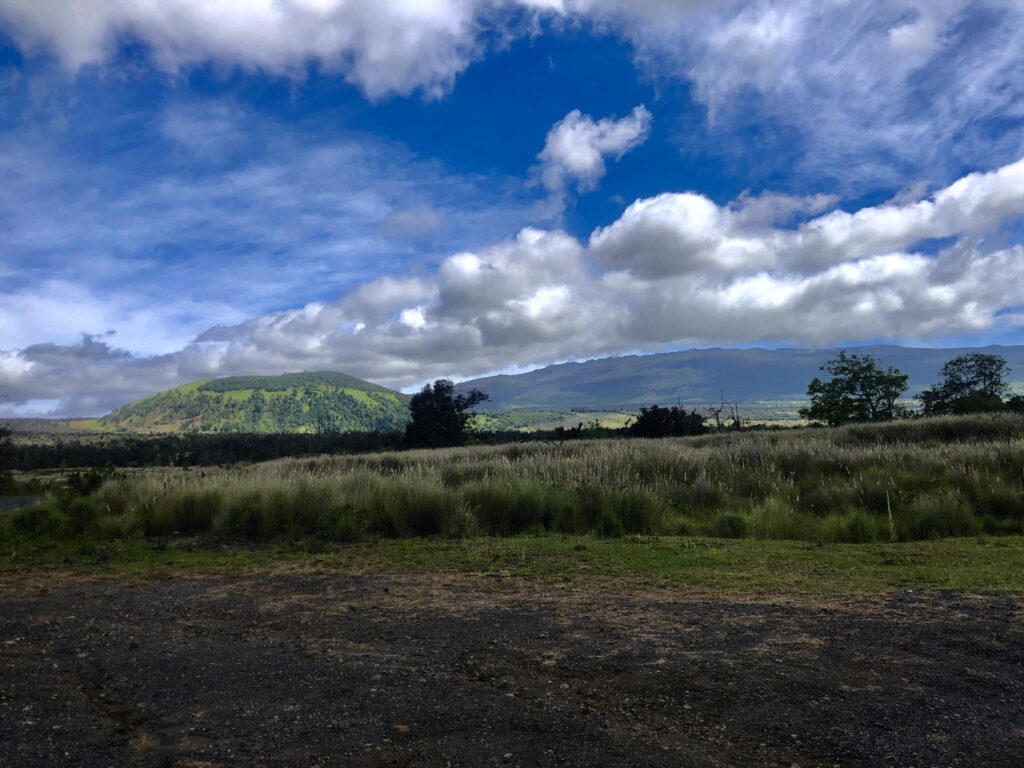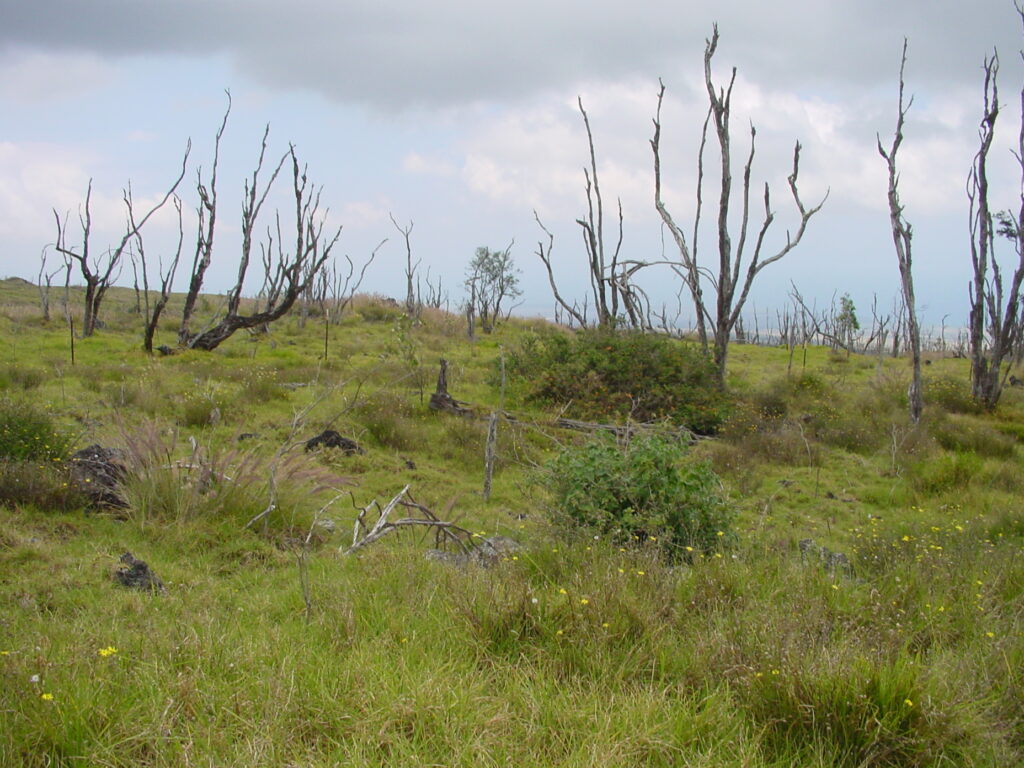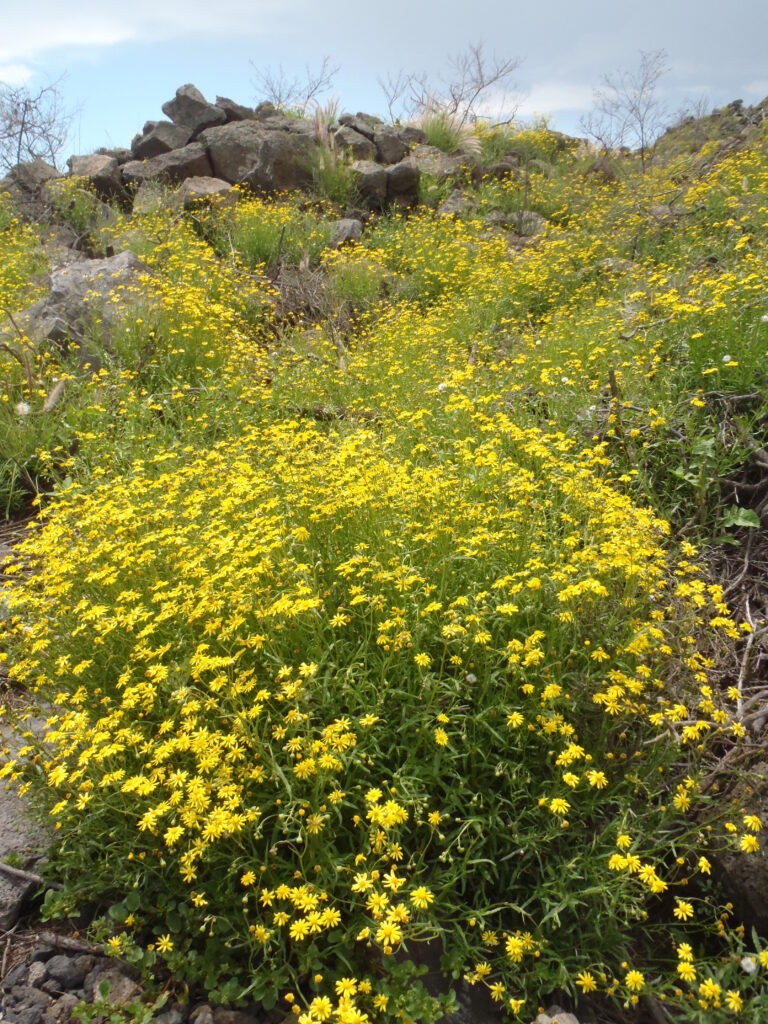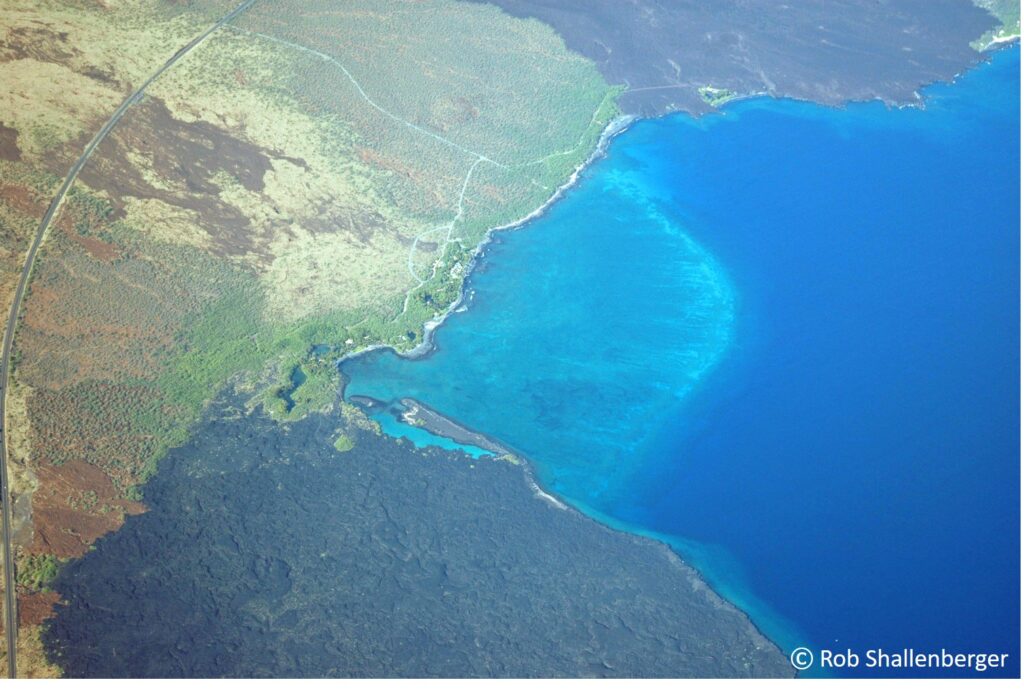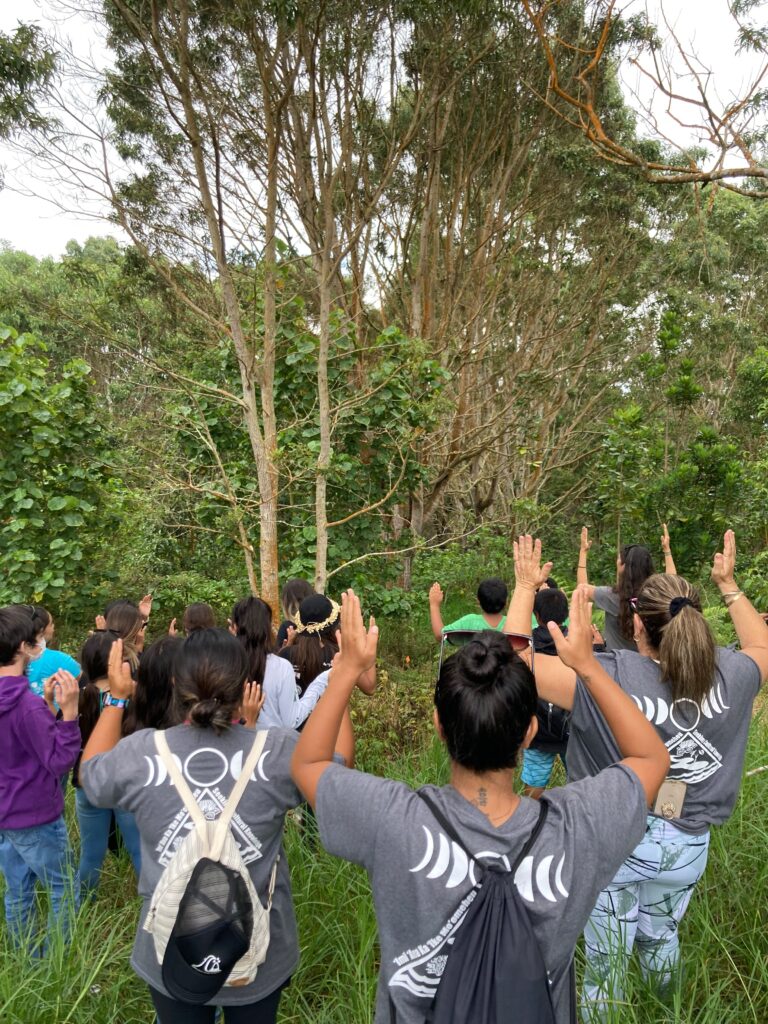Dry Forest
The Pu‘uwa‘awa‘a Experimental Forest Unit is located on the North Kona coast on the Island of Hawai‘i. This 38,885 acre (15,743 ha) unit lies on the northern flank of Hualālai volcano, extending from sea level to within 1 mile (1.6 km) of the mountain summit. DRIVING DIRECTIONS
The landscape consists of exotic-dominated grasslands, tropical dry and moist forests. Tropical dry forests are among the most endangered forest types in the world and in Hawaiʻi the few remaining remnants are severely threatened by wildfire, invasive species, and land cover changes. There are no tropical dry forests represented on any forest experiment station in the United States of America and very few across the world, even although they are the most widespread of tropical ecosystems.
A Biological Assessment completed in 2021 listed 201 native vascular plants, 34 land snails (2 introduced), 264 native arthropods, 35 cave arthropods, 104 non-native arthropods, 15 native birds, and 38 non-native bird species. At least 40 rare plant taxa have been reported from the area. Of these, 17 are federally-listed endangered species. Also listed are eleven endangered bird species and one insect. Botanical surveys reveal that a great number of plants have been extirpated at Puʻu Waʻawaʻa in recent years.
The watershed (ahupuaʻa) has an elevation range from sea level to 6,400 feet (1,951 m). It covers the gradient of the major dry and mesic forest types in Hawai‘i (5 Holdridge life zones). It contains examples of highly degraded as well as intact forests. Much of the mesic forests at the upper elevations are dominated by the ecologically and economically important koa. Rainfall ranges from an average of 11 inches (279 mm) on the coast to about 49 inches (1,250 mm) at the highest elevations. An infrastructure of roads, houses, and water exists on the unit. It is located about 1 hour from the Kona Airport and about 1.5 hours from Hilo. Because the forests extend from almost 6,500 feet (2,000 m) to sea level, the potential to do watershed level studies and links of forests to marine environments are great.
Cultural Assessments
A Cultural Assessment produced in 2006 by Kumu Pono Associates, LLC is available in two parts:

